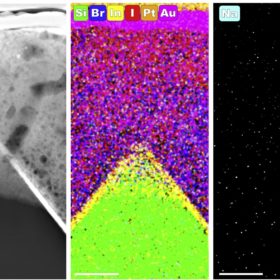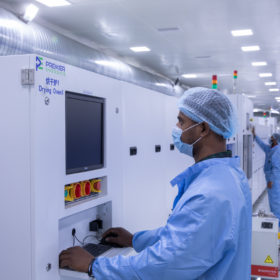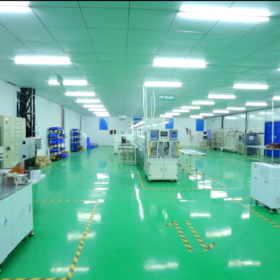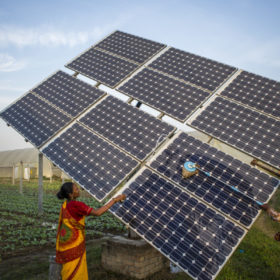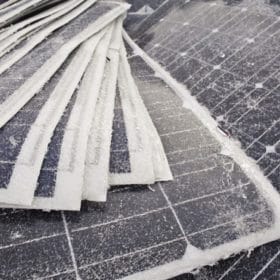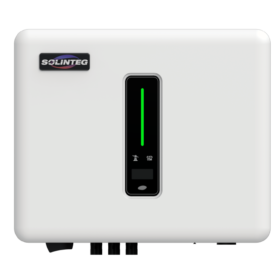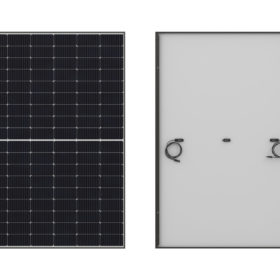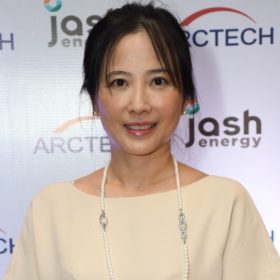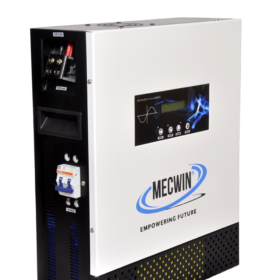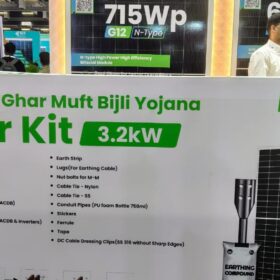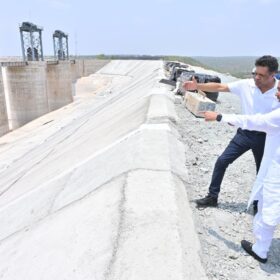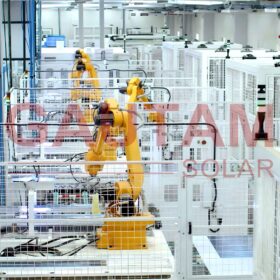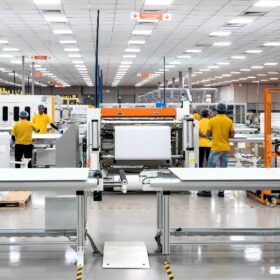Solar perovskite tandems and potential-induced degradation
Scientists have found that perovskite solar cells and perovskite-silicon tandems might be vulnerable to potential-induced degradation. They exposed tandem cell devices to PID stress and found that they lost as much as 50% of their initial performance after just one day.
Premier Energies earns LEED Gold certification for its solar factory
The Indian manufacturer’s facility at Electronic City in Telangana has become the first LEED Gold-rated solar cell and module manufacturing facility in India. It received the stringent green building rating from the US Green Building Council.
Renon targets INR 40 crore of revenue in FY 2022-23
Renon India, an energy storage startup, has announced a new full-year revenue target, as well as plans to ramp up its annual lithium battery manufacturing capacity from 200 MWh to more than 500 MWh.
Making India a manufacturing hub for solar-based, decentralized energy products
A new report by GOGLA highlights the opportunities and challenges in establishing local manufacturing and assembly of solar-based decentralized energy solutions in India. It also explores the actions needed to maximize available opportunities.
Saatvik joins PV Cycle initiative for solar waste recycling
Indian manufacturer Saatvik has joined Belgium-based PV Cycle’s recycling scheme for damaged solar modules.
Solinteg launches new residential hybrid inverter series
Solinteg’s new hybrid inverters come in seven versions with nominal power ranging from 3 kW to 9 kW, an efficiency rating of 97.6%, and a European efficiency of 97.0%. They measure 534 mm × 418 mm × 210 mm and weigh 27 kg.
Sharp unveils black-framed 410 W half-cut solar panels
Sharp’s newest PV modules feature white backsheets and are made for the needs of design-oriented customers.
GaoRun hires former Wuxi Lead executive
GaoRun, a China-based supplier of automated solar module production equipment, has appointed Hitesh Tungal as the vice president of its global business, effective from Sept. 1. The company has also decided to open an office in India.
Bringing solar tracker prices down is ‘top priority’ – Arctech India chief
Gail Chen, CEO of Arctech’s joint venture manufacturing base in India, says the company is committed to bringing solar tracker prices down for customers and enabling a lower cost of electricity in the country.
Wall-mountable lithium battery inverter from India
India’s Mecwin has unveiled compact, wall-mountable lithium battery inverters with 1,100 VA and 2,100 VA ratings. The 1,100 VA devices measure 455 mm x 530 mm x 235 mm and weigh 23 kg. The built-in battery can be charged with grid power and solar electricity.
